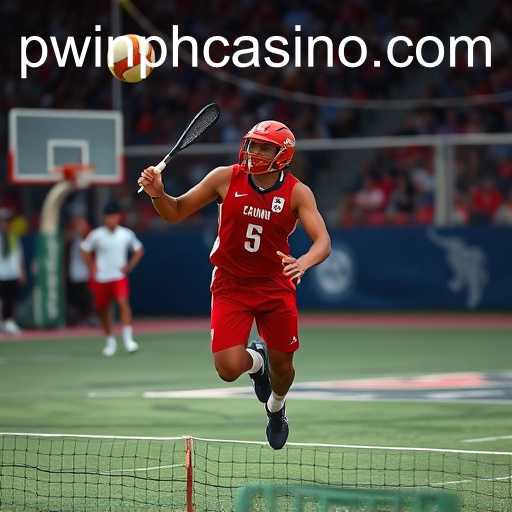Exploring the Dynamics of "Pwinph" in Modern Sports
In the ever-evolving world of sports, new terms, challenges, and dynamics continuously redefine the landscape. One such intriguing term that has recently gained momentum is "pwinph". This concept has sparked discussions among athletes, coaches, analysts, and fans. But what exactly does it mean, and how is it shaping contemporary sports?
The Origin of "Pwinph"
Although "pwinph" is a recent entry in sports lingo, its roots trace back to shifting paradigms in sports strategies and planning. Emerging from analyses and innovations, "pwinph" represents an amalgamation of concepts aimed at maximizing a team’s competitive advantage. Derived from advanced statistics and performance-enhancing frameworks, "pwinph" is designed to optimize both individual and team outputs.
Attributes Defining "Pwinph"
At its core, "pwinph" encompasses three primary attributes: performance, winning potential, and holistic dynamics. These elements are construed with a systemic approach to foster growth, adaptability, and competitive success.
1. Performance
The performance aspect of "pwinph" focuses on enhancing the physical, mental, and technical capabilities of athletes. Training regimens are customized, incorporating sports science data and psychological factors to boost efficacy. It’s not merely about physical prowess; mental acuity and resilience are equally prioritized.
2. Winning Potential
The second aspect emphasizes the potential to win, not just the act of winning. This involves strategic planning, risk management, and scenario analysis to prepare teams for both expected and unexpected challenges. Teams employing "pwinph" strategies often engage in rigorous simulations and tactical drills.
3. Holistic Dynamics
The final attribute focuses on the synergy within a team. This involves fostering a culture of collaboration, trust, and chemistry. The essence of "pwinph" transcends individual excellence to prioritize teamwork as the cornerstone of success.
"Pwinph" in Action
Various professional sports teams across the globe are increasingly adopting "pwinph" strategies to gain a competitive edge. This implementation is evident in team sports such as football, basketball, and rugby, and also in individual sports like tennis and athletics.
In team sports, "pwinph" manifests in improved match preparedness, with coaches developing intricate plays and backup plans. Emphasis is placed on exploiting opponents' weaknesses while enhancing team strengths. Real-time data analytics play a pivotal role in providing insights necessary for reactive strategies during matches.
In individual sports, athletes incorporate "pwinph" through personalized training programs focusing on specific skills that elevate their game. Mapping out opposition styles and potential match conditions allows athletes to prepare effectively for competitive scenarios.
Technological Integration
The integration of technology is inherent to the application of "pwinph." From wearable tech tracking physical metrics to virtual simulations allowing for immersive training experiences, technology is a vital component of expanding the scope and efficacy of this concept.
Challenges and Critiques
Though "pwinph" offers promising strategies, it is not without challenges. Critics argue that the data-driven aspect may overshadow the essence of spontaneity and intuition in sports. The reliance on metrics could potentially limit the creative flow that differentiates great athletes and memorable moments.
Moreover, the adoption of "pwinph" requires extensive resources, often creating a disparity between well-funded teams/athletes and those with limited means. This financial imbalance potentially increases the divide, influencing competition outcomes on financial grounds rather than sheer skill or talent.
The Future of Sports with "Pwinph"
The potential of "pwinph" is vast, and its adoption signals a new chapter in sports. As technology advances and the sports industry becomes increasingly competitive, strategies like "pwinph" may become integral for those aiming for excellence. It signifies a paradigm shift, aligning tradition with innovation to redefine the future of sports.
Overall, the mention of "pwinph" in sports dialogue indicates a progressive stride toward understanding and implementing modern dynamics that can influence performance and competition. As this approach continues to evolve, it may very well become synonymous with success in the sporting arena.








